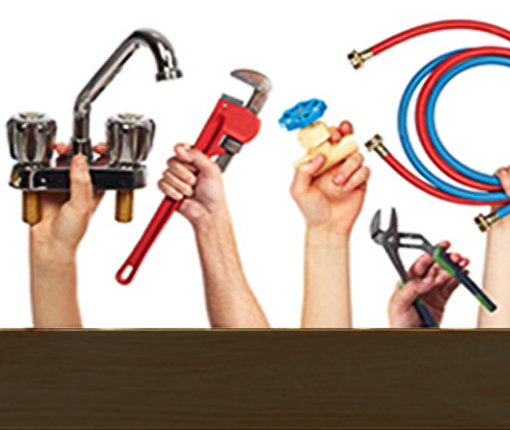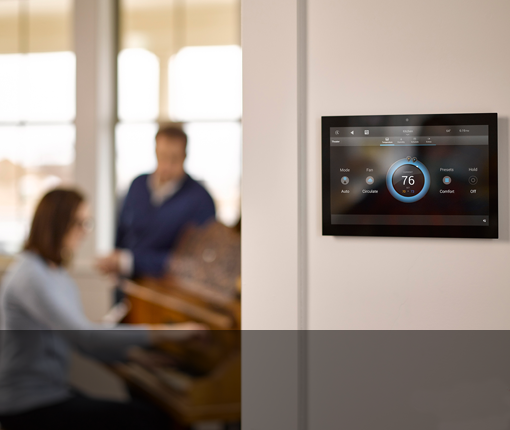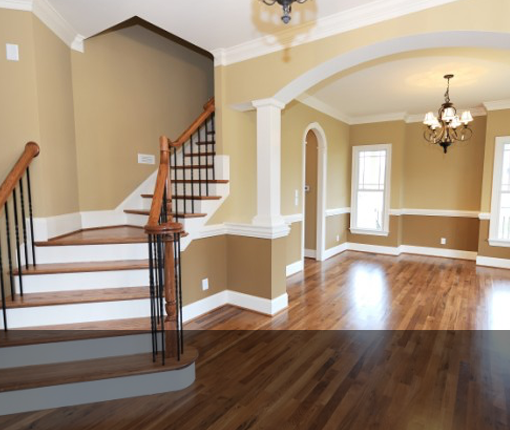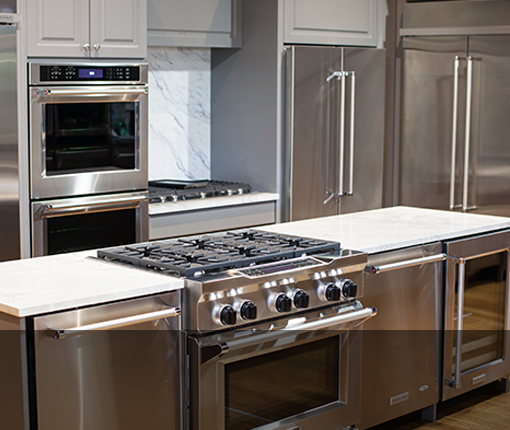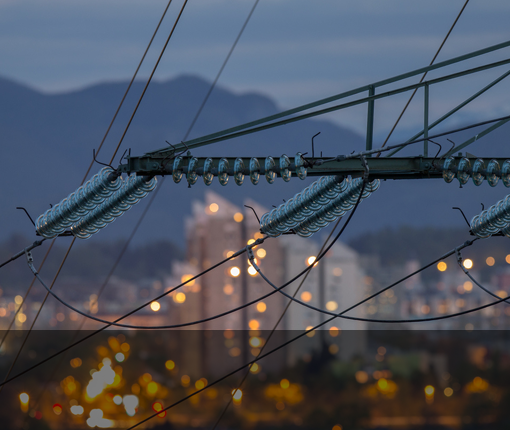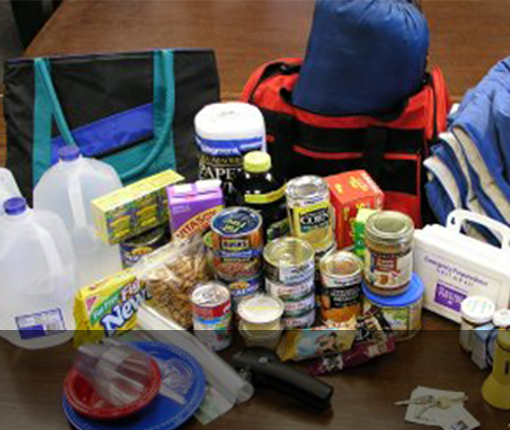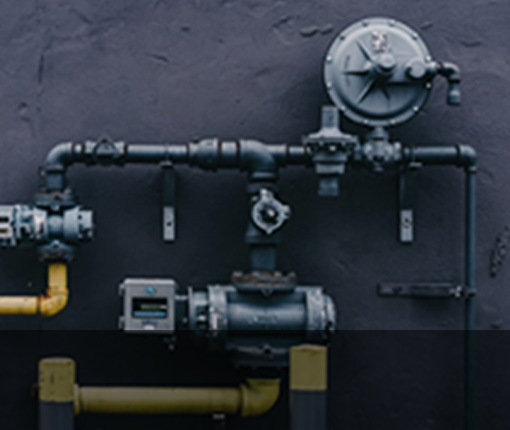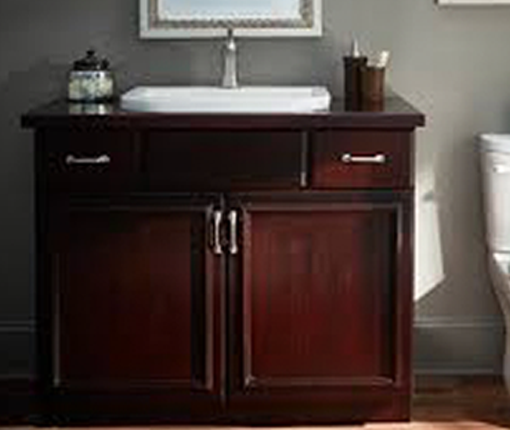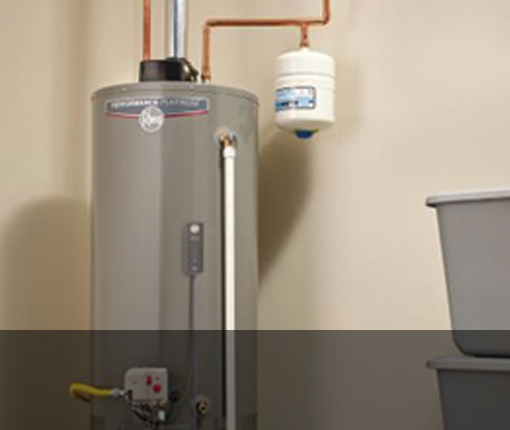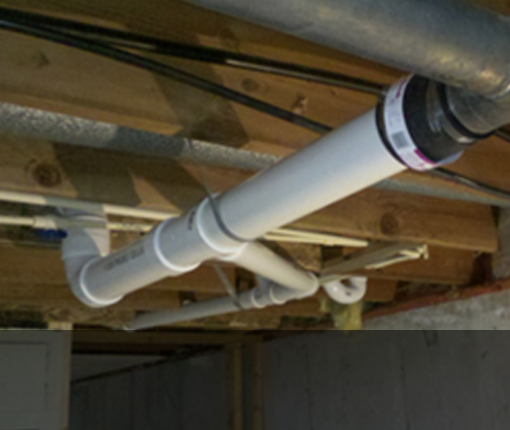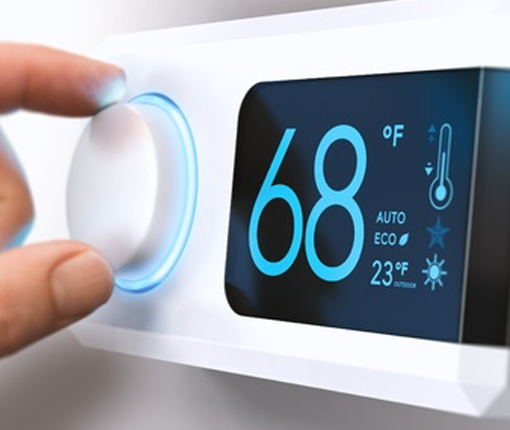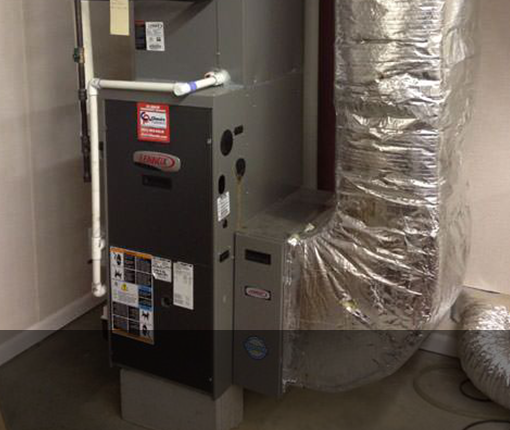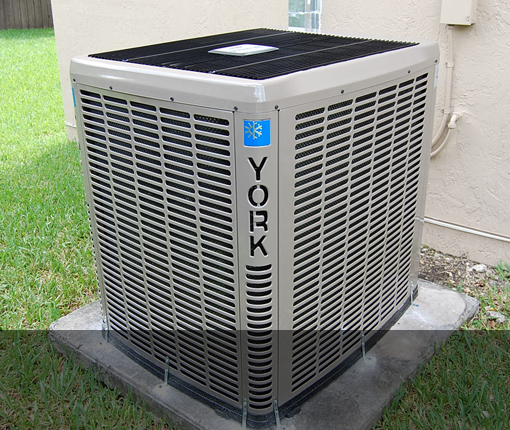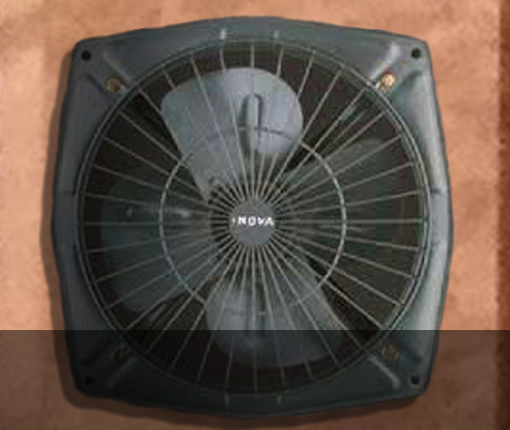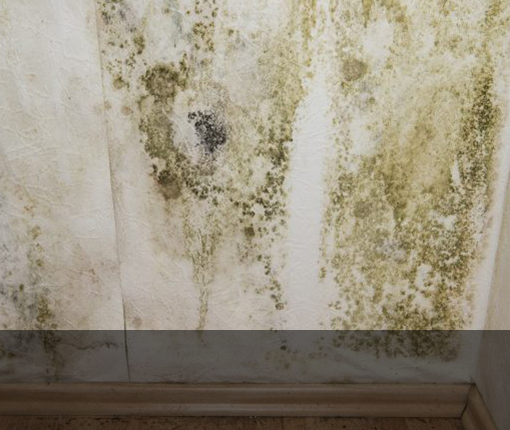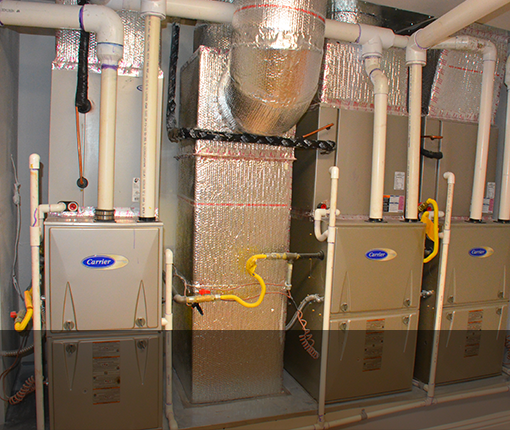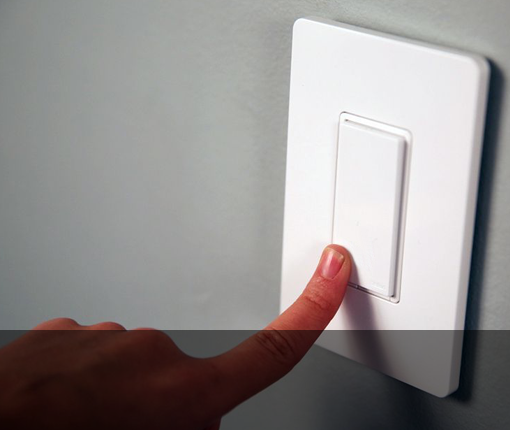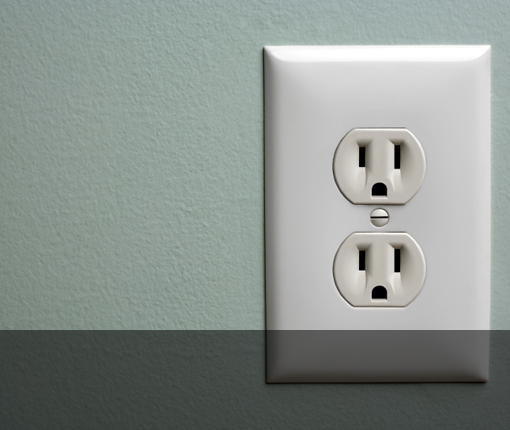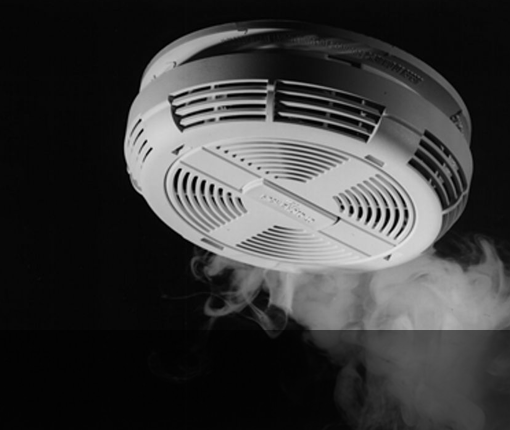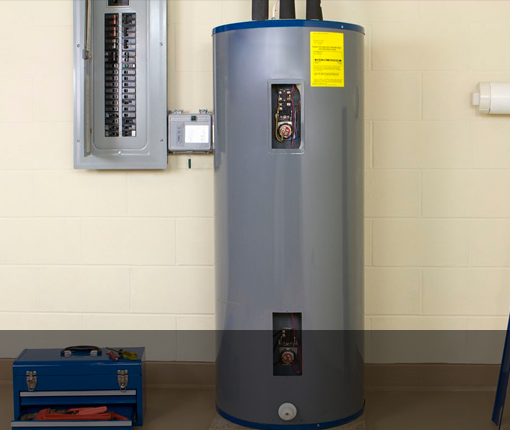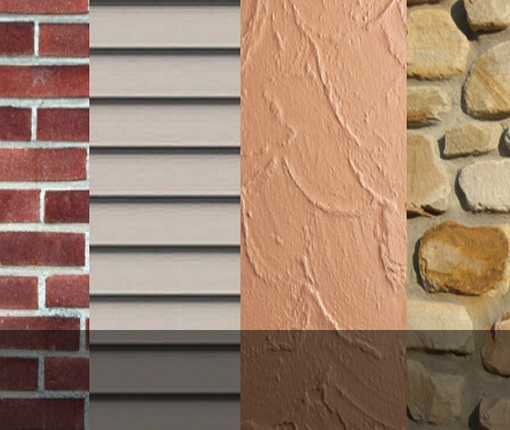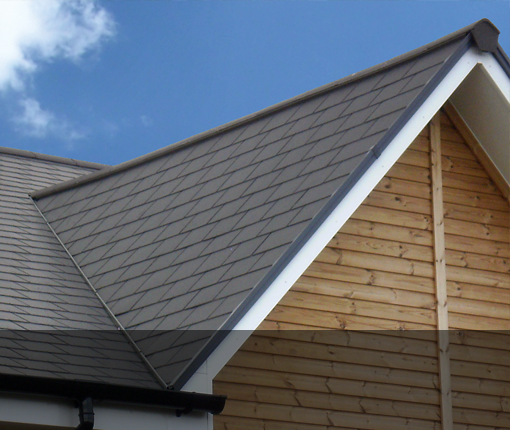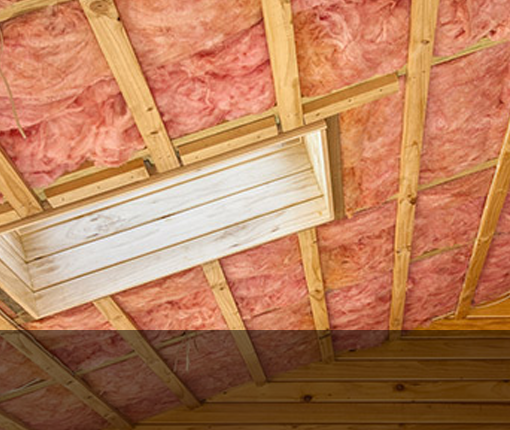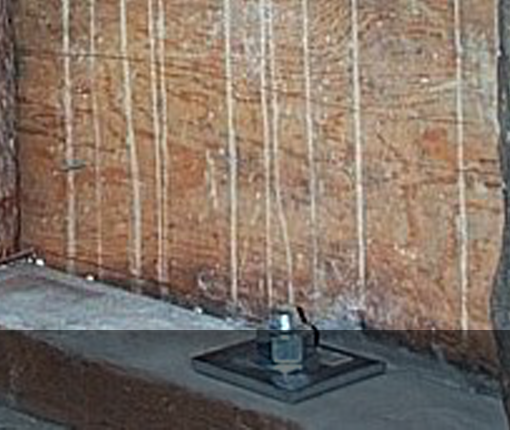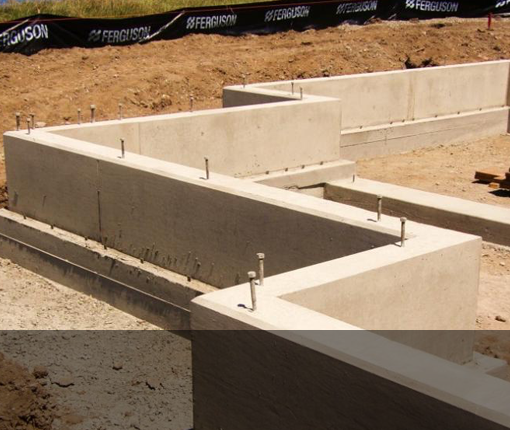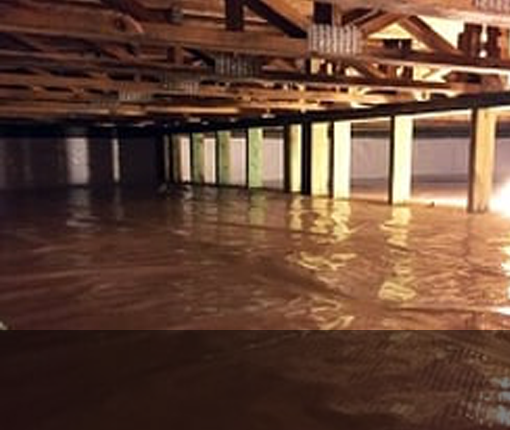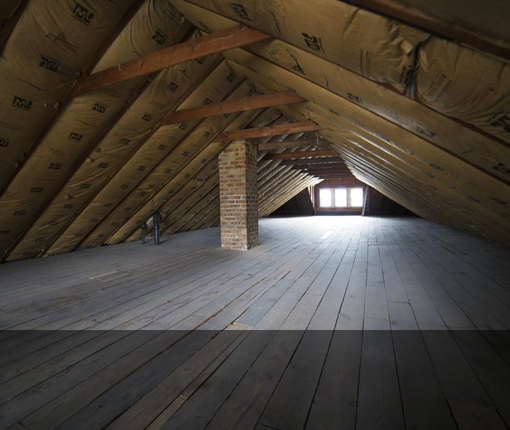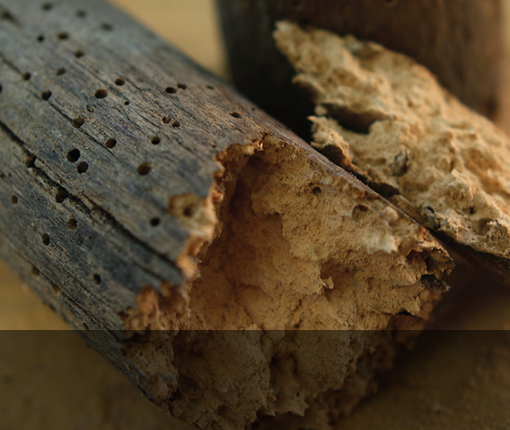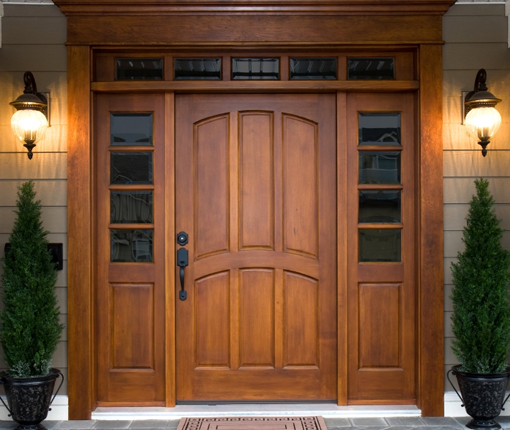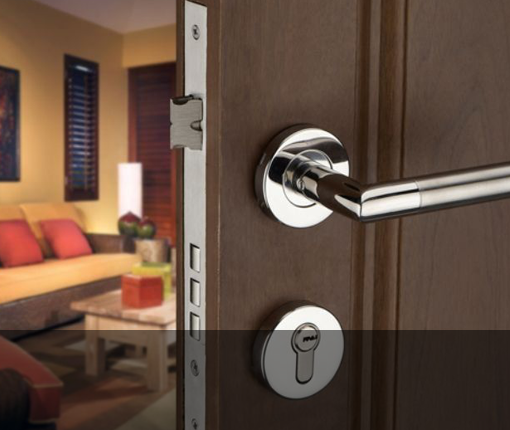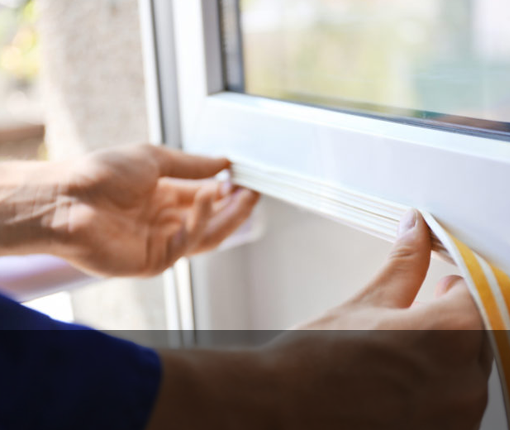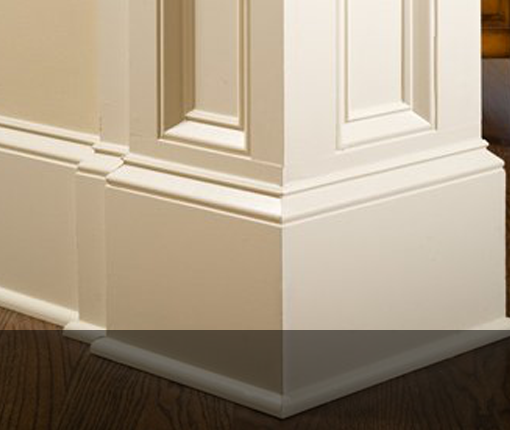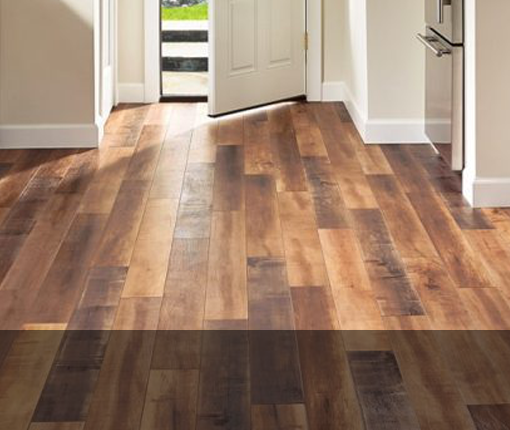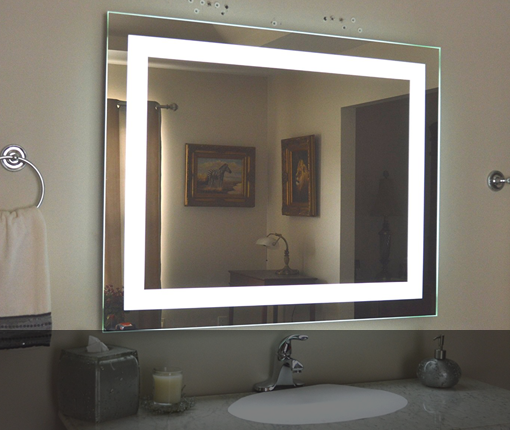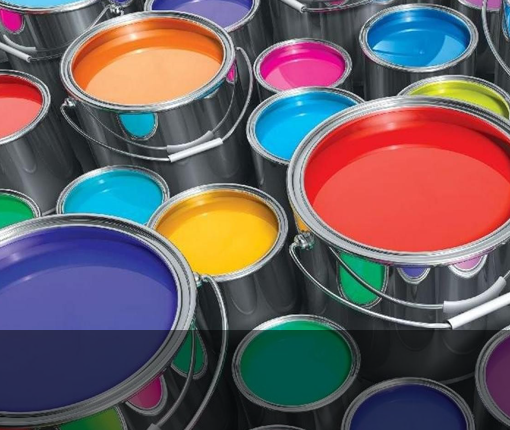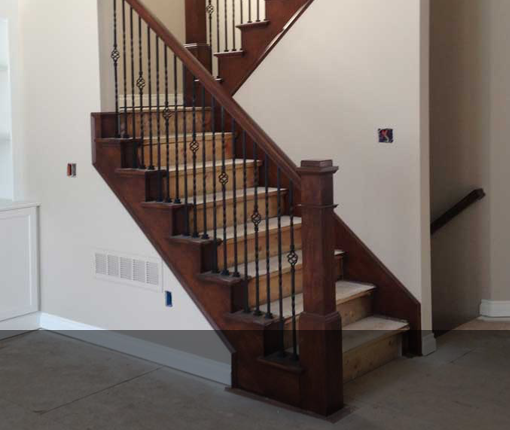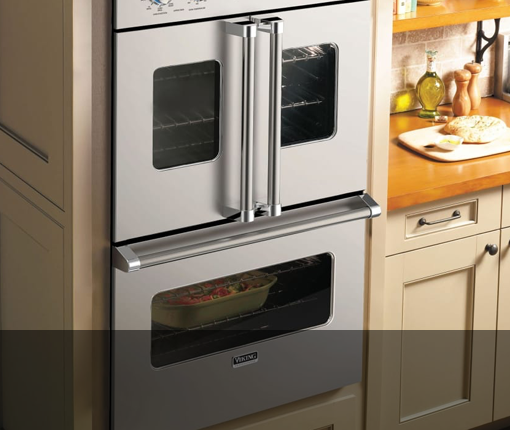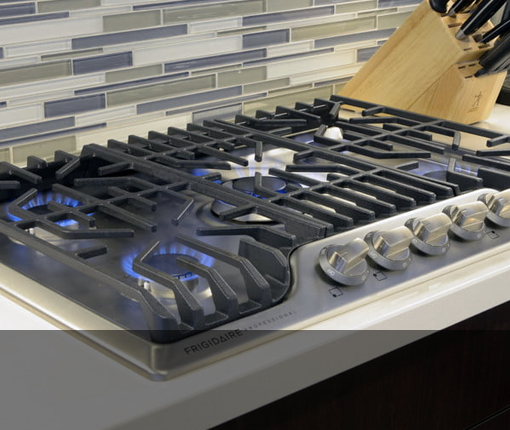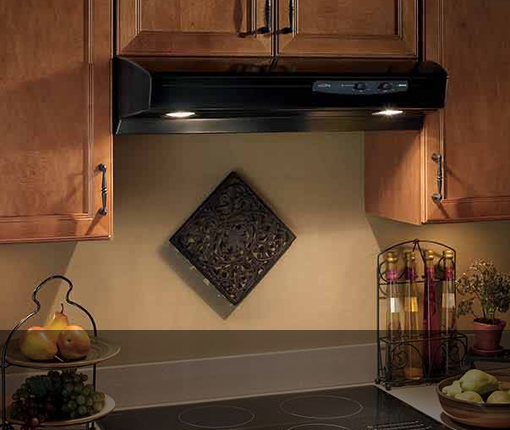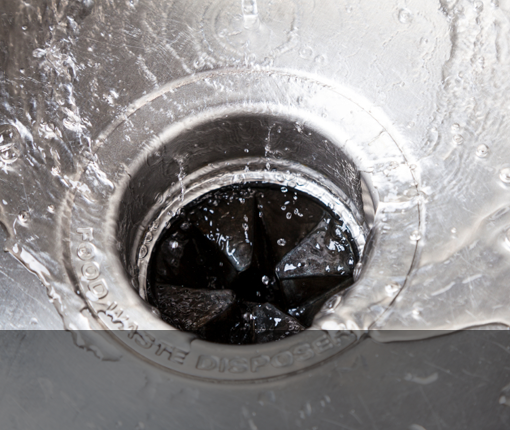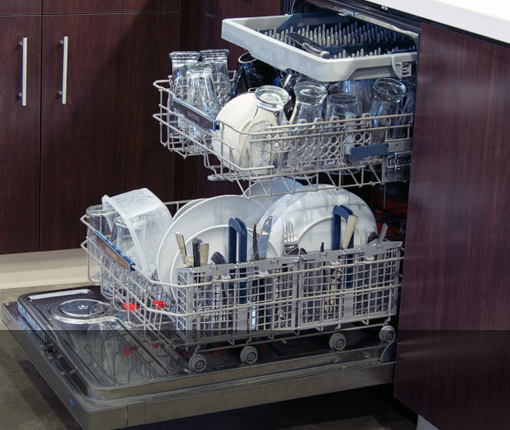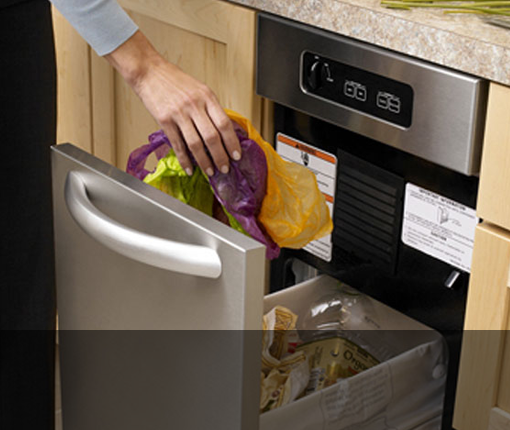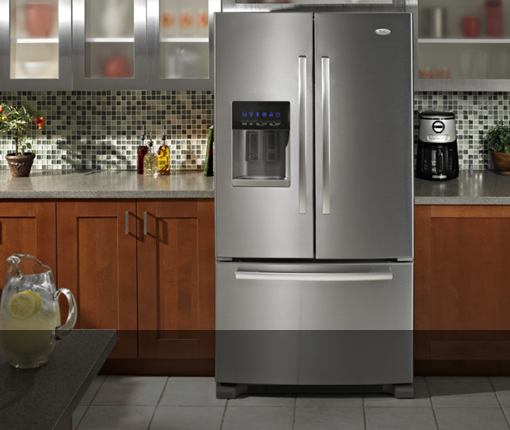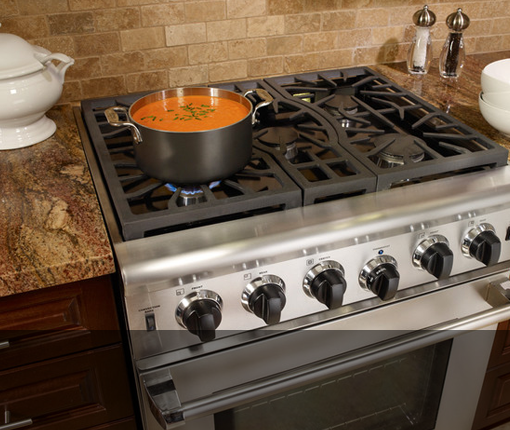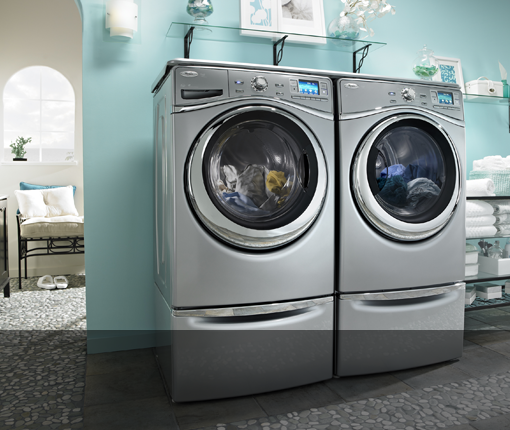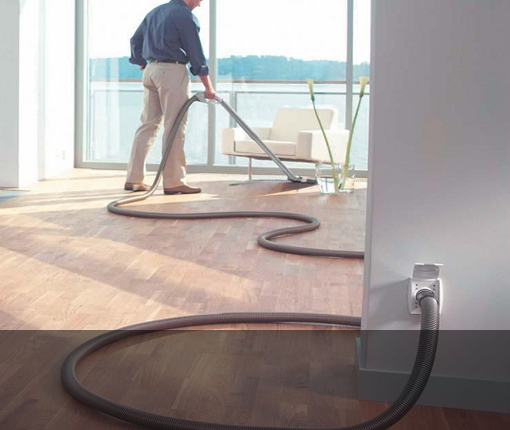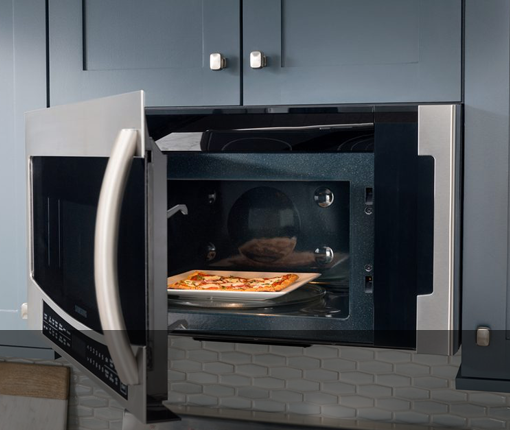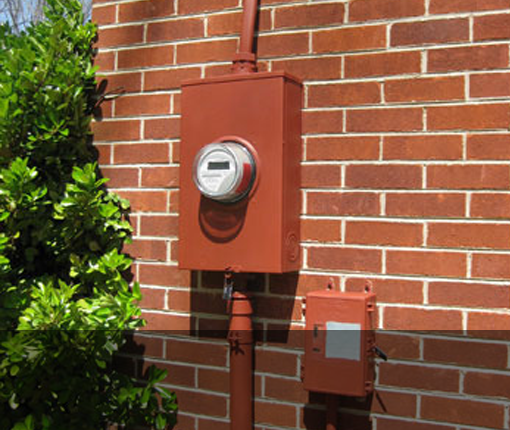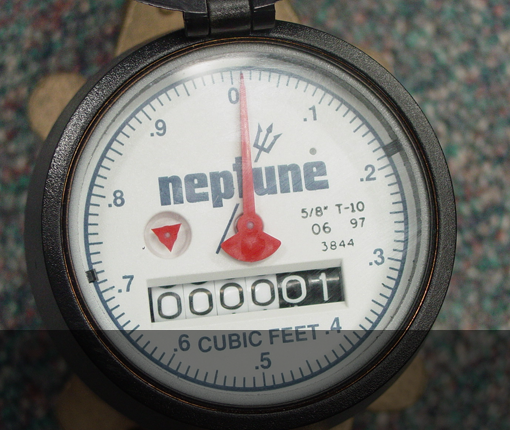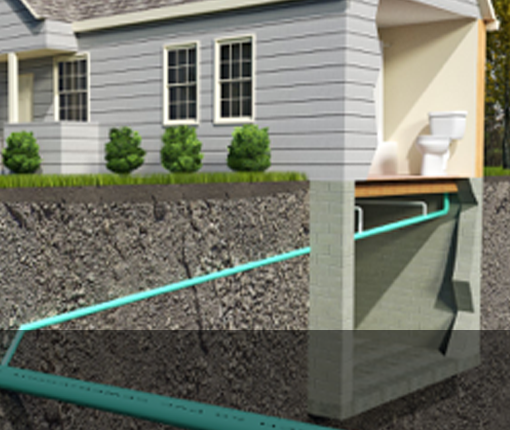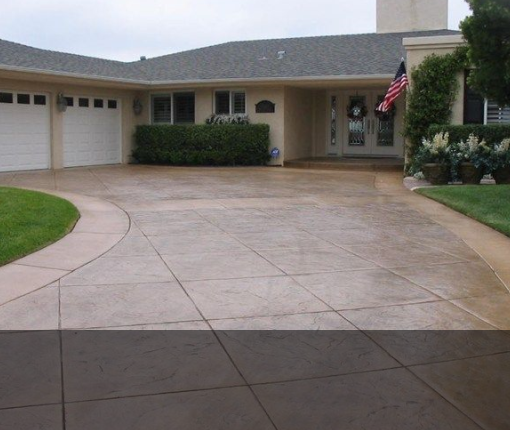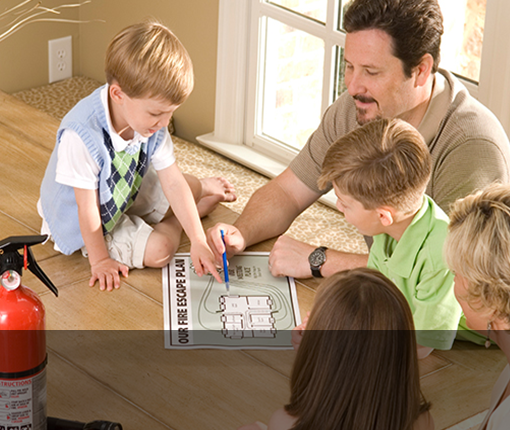Exhaust Hoods
Kitchen exhaust hoods perform the very necessary function of catching and removing cooking smoke, odors and excess moisture from the home. Exhaust hoods do their job by creating negative pressure around the cooking area so that fumes are then drawn into and exhausted to the exterior. A proper and complete hood system includes an electric motor and fan to create the negative pressure, a sealed duct to remove air to the exterior, and on/off and fan speed
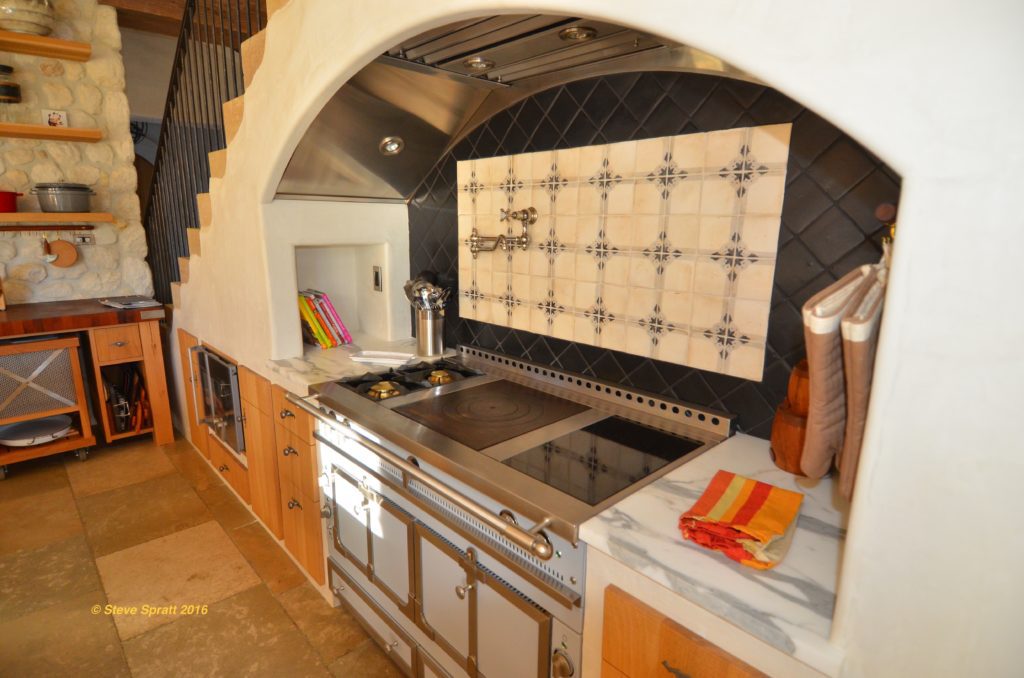
controls. Most overhead units also have built-in lighting.
Up draft and down draft
There are two basic designs for exhaust hoods: Updraft and downdraft. The well-known typical overhead hood is an updraft design. Downdraft units either pop up behind the cook top or pull air directly down into grates alongside the cooktop.
Ducts and filters
A properly functioning hood requires good exhaust ducting. The hood duct system must be well sealed. It must also be routed so as to avoid sharp bends. Exhaust ducts need a backdraft damper and run continuous all the way to the termination on the exterior of the home. Keeping hood filters clean is important in order prevent cooking grease from building up on the fan and inside the duct system. Accumulated grease in the ducts cannot easily be removed and can become a fire hazard. A clean fan and filter is less of a strain on the motor.
Go for powerful and quiet
The nicer exhaust units can remove lots of air. Some of these have remotely mounted fan motors to reduce the sound levels. For pure functionality, overhead units are preferred because hot air tends to rise up naturally providing some assistance to the fan. Also, overhead hoods are well sized and shaped to capture most of the cooking fumes. These can more easily escape from a downdraft unit. Downdraft units may not be as efficient as overhead, but they do work. Downdraft units are ideal for kitchens with high open ceilings or other design restrictions where they are the only realistic option.
To-Do
- Find your appliance’s owner’s manual and place it in a secure location for instructions on your specific appliance. If you have lost the manual or want a second copy, you can usually find them on line.
- Keep the interior and exterior of overhead hoods clean. Cooking tends to create a sticky film that dust sticks to and builds up quickly.
- Stainless steel should only be cleaned with warm sudsy water or a special cleaner made specifically for stainless steel. Always wipe the surface of stainless steel in the direction of the “grain” only with a soft completely clean cloth.
Maintenance
- 1x per month: Once a month, thoroughly clean the filters and body of the exhaust hood to remove and avoid the build-up of grease on the surfaces. Never use steel wool for cleaning your appliances, especially stainless steel.
- 1x per year: If possible, check the ducting (either in the attic or crawl area depending on if you have an updraft or downdraft unit) to make sure it is intact, well sealed and properly connected to the exterior.
- 4x per year: Open the box in the hood with the blower and motor and clean the fan thoroughly with degreaser to remove oil and built-up accumulations of grease.



